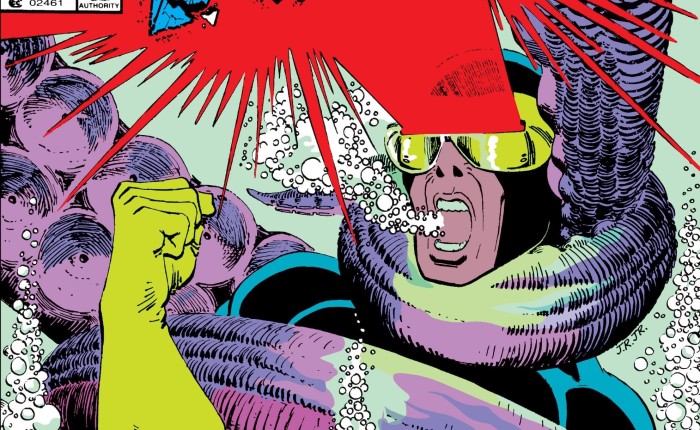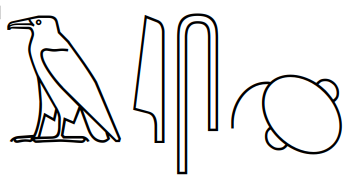You’re probably familiar with the basic story of how vision is supposed to work: photons of light are reflected from objects and interact with specialised photoreceptor cells in your retina, that outermost part of your visual system that filters and extracts features of the incoming stimuli.
Even if the jargon is modern, the basic idea isn’t new. It’s what’s know as the intromission theory of vision, and it casts your eyes as essentially passive sensors of incoming information and has been proposed in one form another since Democritus, Aristotle, Epicurus and Lucretius [1]. Historically, there was an alternative extramission theory, held by such luminaries as Alcmaeon [1], Plato and Empedocles, for whom there was a kind of fire projected from the eyes which interacted with objects and resulted in ‘seeing’. Continue reading “Your Brain Through…History: the eyes have it”


